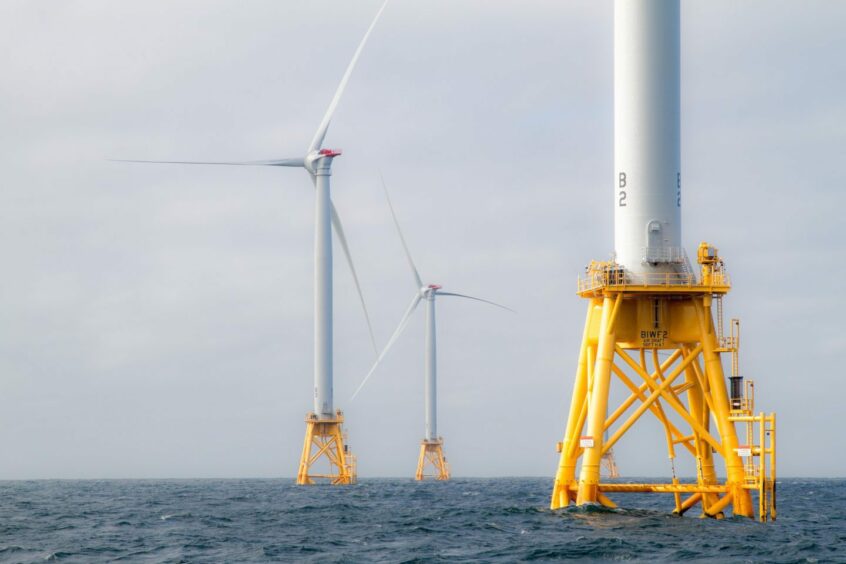
The US has embraced the energy transition with a wall of cash available to encourage investments – but there are some risks ahead.
“The biggest risk to the clean energy economy is consumers’ willingness to pay, the cost is underestimated,” Paul DeCotis senior partner for energy and utilities at West Monroe said.
“Government funding is phenomenal but it will have to be repaid. The headwind will be the realisation that the energy transition will cost a lot of money,” DeCotis said. “We have to communicate, though, that the cost of doing nothing is higher.”
The executive cited the challenges around insurance in Florida and California, where some companies such as State Farm have pulled out, concerned over risks of flooding and wildfire. “If we wait too long, these consequences will be everywhere.”
Game changer
The federal government has been keen to kickstart progress. The Inflation Reduction Act (IRA) is the most well known, but DeCotis also noted the CHIPS and Science Act and the Infrastructure Law.
“There’s trillions of dollars in public money to accelerate the move to clean energy, it’s unprecedented, while the 50 states are all providing varying degrees of support as well. This public-private partnership is a game changer – we’ve not had this before,” he said.
The move into the new economy – whether its battery storage, offshore wind, hydrogen or something else – “doesn’t just happen”.
As a result of this public support, industry is moving much faster than had been thought possible.
Amid this pivot, DeCotis noted possibilities for hydrogen. “The US has seen large sums invested in underground pipes, we can’t just turn off [natural gas]. Renewable gas and hydrogen can use existing infrastructure.”
The West Monroe partner also raised the possibility of more fuel cell use. “Instead of building new power lines, we can put a hydrogen fuel cell on a pipeline connection and generate power on site.”
IRA and the other acts should be seen as demonstration of the US’ new industrial policy, he argued. “Pulling in private sector capital is what it takes to scale – and now the US is ahead of the curve. We can become an exporter of clean energy technology and hydrogen to the rest of the world, helping developing countries bypass the need to rely on carbon.”
Such is the fervour with which US industry has taken to IRA and other mechanisms, a change of power would have no impact on plans, he said.
Sheer scale
“Scaling back would need the Republicans to have control of both houses and the presidency. That’s rare and even when it has happened the impact has been stymied by internal politics. The clean energy voices are getting louder and stronger and are hard to turn around.”
The US industry also has little to fear from higher interest rates, he said. “Investment will continue to flow where the returns are the highest.”
The challenge will be providing the supply chain and infrastructure to support the ambitions. “The sheer scale of investment needed is phenomenal. The supply chains don’t exist to deliver on that promise,” he said. “Is the grid ready? No.”
Investment certainty around the future of the industry will help build up domestic manufacturing, DeCotis said. “Manufacturing will develop wherever it is cheapest to develop and wherever the returns can be the most consistent. IRA and CHIPS are bringing the industry here to the US.”
A move to electrify all the US’ energy needs would require a major scaling up of the grid, in addition to readying it to be able to respond to new sources of supply and demand.
Hydrogen as a stopgap fuel, delivered by existing pipelines, can present an attractive option. Where European companies have turned to new energy sources, such as offshore wind and solar, US oil companies have been keener to focus on what they see as to their advantage – and hydrogen is one.
Recommended for you

